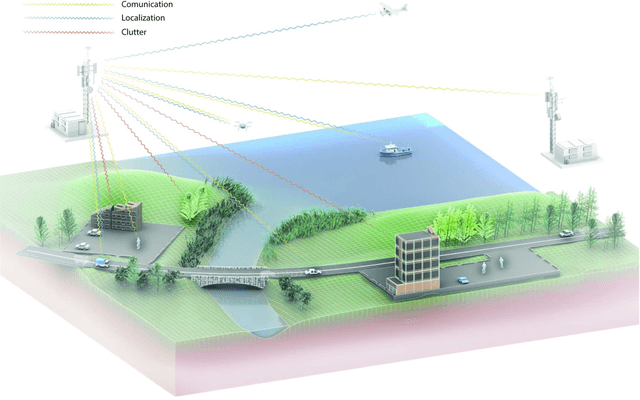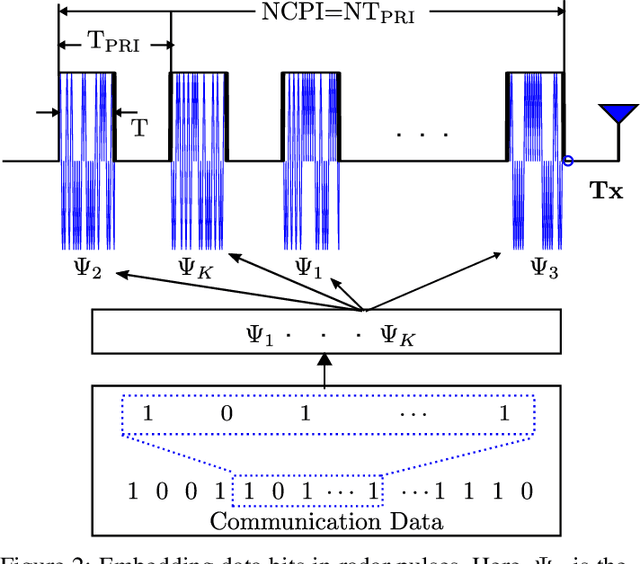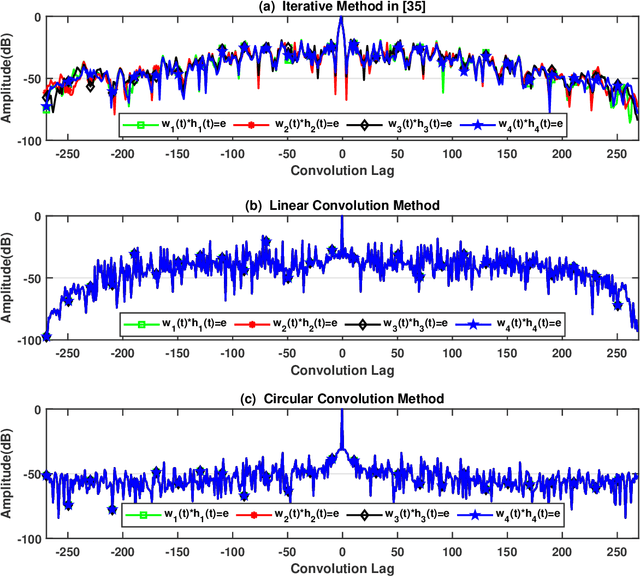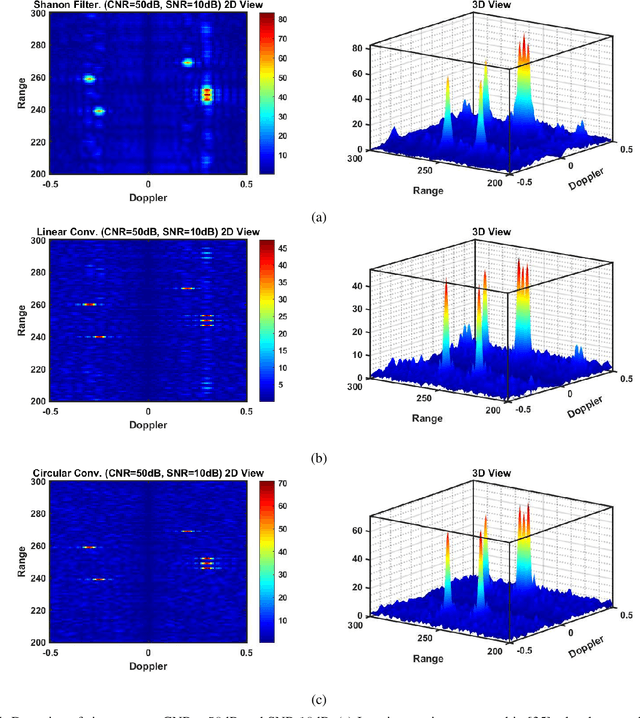Generalized Fully Coherent Closed-form Receiver Design for Joint Radar and Communication System
Paper and Code
Nov 28, 2021



In conventional radar, the transmission of the same waveform is repeated after a predefined interval of time called pulse-repetition-interval (PRI). This technique helps to estimate the range and Doppler shift of targets and suppress clutter. In dual-function radar communication (DFRC), different waveforms are transmitted after each PRI. Thus, each waveform yields different range-side-lobe (RSL) levels at the receiver's output. As a consequence, Doppler shift estimation and clutter suppression become challenging tasks. A state-of-the-art (SOTA) method claims that if the number of waveforms is more than two, it is impossible to achieve fully coherent RSL levels with both waveforms. Therefore, this algorithm uses iterative methods to achieve as much as possible coherency and minimize the RSL levels. In contrast to that SOTA method, we proposed two novel closed-form receivers for the DFRC that yield a fully coherent response for several waveforms and suppress the RSL levels. Experimental results demonstrate that the proposed receivers achieve full coherency and the RSL levels are significantly lower than the conventional method.
 Add to Chrome
Add to Chrome Add to Firefox
Add to Firefox Add to Edge
Add to Edge